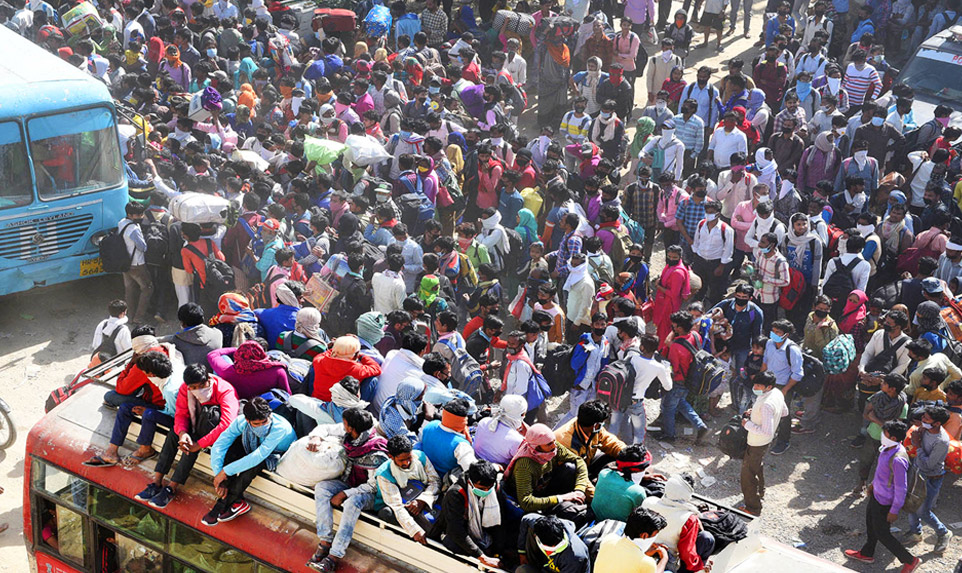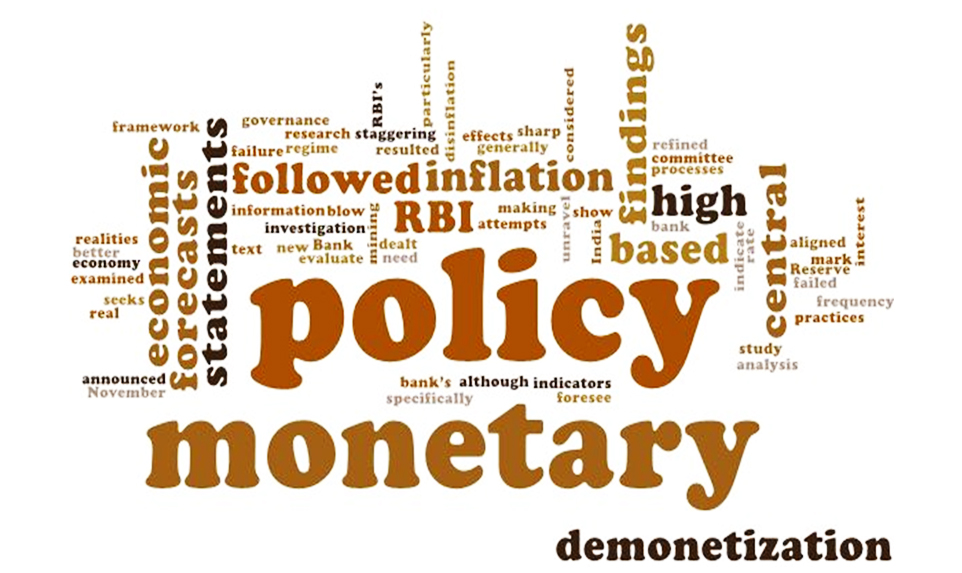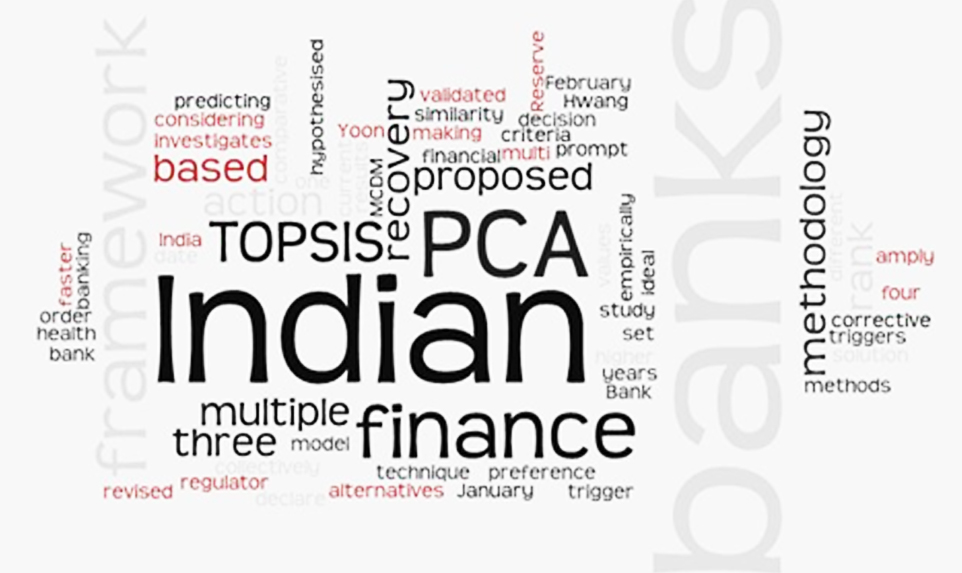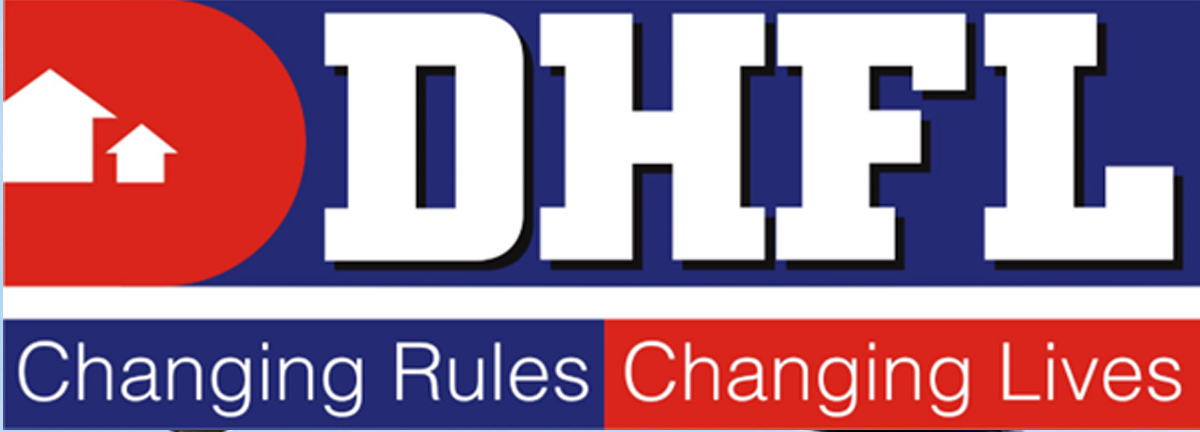Volume 3

Reflections on Blended Learning in Management Education: A Qualitative Study with a Push-pull Migration Perspective
COVID-19 pandemic is a major disruptor for education today. Its onset has necessitated innovations in design and delivery of teaching and learning environment with extensive technology integration. The present study aims to scan the factors that are bringing about major transformations in management education in current times. The...
Volume 3

Impact of COVID 19 on Indian Migrant Workers: Decoding Twitter Data by Text Mining
The Coronavirus pandemic has induced a huge economic crisis. The norms of social distancing and consequent lockdown to flatten the curve of this infection has brought economic activity across the globe to a standstill. A mass exodus of workers from major urban centres of India to their native villages started. Mental, financial an...
Volume 3

Evaluation of the Inflation Forecasting Process of the Reserve Bank of India: A Text Analysis Approach
This study attempts to evaluate the monetary policy of the Reserve Bank of India (RBI) based on an investigation of the policy statements. The analysis based on text mining of the central bank’s monetary policy statements seeks to unravel the information considered by the central bank and the processes followed in making its inf...
Volume 3

Customer satisfaction: impact of hedonic shopping in Delhi and National Capital Region
With the Indian retail industry in a boom phase, it is anticipated that the Indian retail market will increase by approximately 60% and be at USD1.1 trillion by 2020. Interestingly, along with the changing environment in the retail space, customer preferences and expectations have also been changing at a very fast pace. In the pas...
Volume 2

The Functioning of Dynamic Capabilities: Explaining the Role of Organizational Innovativeness and Culture
Using the knowledge-based view of the firm, dynamic capability literature and known dimensions of organizational innovativeness (OI), this article develops two testable models that attempt to explain: (1) how innovativeness functions as a source of capability dynamization and (2) how organizational culture (OC) critically determin...
Volume 2

Influence of student-perceived service quality on sustainability practices of university and student satisfaction
The past decade has seen a proliferation of research on service quality in education. However, little attempt has been made to understand the impact of student perceived service quality on sustainability practices of the university or the effect of such practices on student satisfaction. To bridge this gap, this paper aims to prop...
Volume 2

Modelling the recovery of Indian banks under prompt corrective action framework: TOPSIS methodology
The current study empirically investigates the comparative financial health of each of the 12 Indian banks under prompt corrective action (PCA) framework considering multiple triggers of PCA framework collectively. A model for predicting the recovery of these banks from PCA has been proposed based on three different multi-criteria...
Volume 2

Prison libraries serving the ‘whole person’: A qualitative study
Incarceration is a traumatic life experience for both convicted and non-convicted individuals and life in prison is not easy to get through. However, prison administrations often establish different avenues for the prisoners to help them navigate through their incarceration. One such avenue is prison libraries. This study explores...
Volume 2

IndiGo: Cruising in Market but Crashing Within
M. Damodaran,1 chairman IndiGo, has a lot on his plate, and the servings are not over yet. What happened on 26 April 2019, was just a precursor to what was eventually to follow. Aditya Ghosh,2 the longstanding director of InterGlobe3 for 10 years, resigned from his position, making way for Greg Taylor4 as president and chief execu...
Volume 2

DHFL Meltdown: The Corporate Governance Lapses
India’s non-banking financial institutions (NBFIs), broadly constituting the less-regulated shadow banking sector, have been plagued with scams, triggering a domino effect in the Indian money market. Major corporate governance issues were highlighted in NBFIs with the unfurling of the ILF&S fraud; it virtually created a sub-prim...



